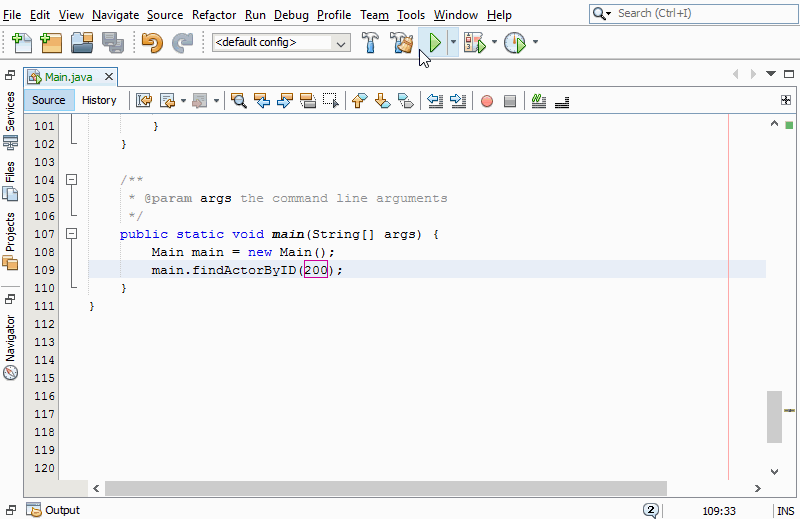
Render the SQL COUNT() function against the user_account.id column,Īs mentioned in Setting the ON Clause, the ORM providesįor another way to join using the relationship() construct. More arguments to pass to the function, which are, like in all other cases, Of a particular SQL function, which can have any name, as well as zero or Will create new instances of Function when given the name This is a special constructor object which SQLAlchemy provides for SQL functions in an open-ended way using a namespace Examples includeĬounting, computing averages, as well as locating the maximum or minimum To be aggregated together to produce a single result. In SQL, aggregate functions allow column expressions across multiple rows Aggregate functions with GROUP BY / HAVING ¶

User_account.fullname column in descending order. The above statement will yield rows that are sorted by the fullname FROM user_account ORDER BY user_account. Which is inferred from the columns and table-like expressions passed: These elements also serve in simpler cases to create the FROM clause, Well as a wide range of compatible objects, which are resolved into a list of SQLĮxpressions to be SELECTed from that will be returned as columns in the result Number of Column and/or Table expressions, as The select() function accepts positional elements representing any The following sections will discuss the SELECT construct in more detail. Instances should be returned in a result, which is not the case when Select() that’s against an ORM entity also indicates that ORM-mapped May be mapped to other kinds of “selectables” besides tables. They do not necessarily render the same thing, as an ORM-mapped class Select(user_table) or select(User), in the more general case While the SQL generated in these examples looks the same whether we invoke
#Count filter postgresql update#
Next: Using UPDATE and DELETE Statements.Column Valued Functions - Table Valued Function as a Scalar Column.Built-in Functions Have Pre-Configured Return Types.UNION, UNION ALL and other set operations.

Aggregate functions with GROUP BY / HAVING.

Selecting with Textual Column Expressions.Working with Transactions and the DBAPI.


 0 kommentar(er)
0 kommentar(er)
